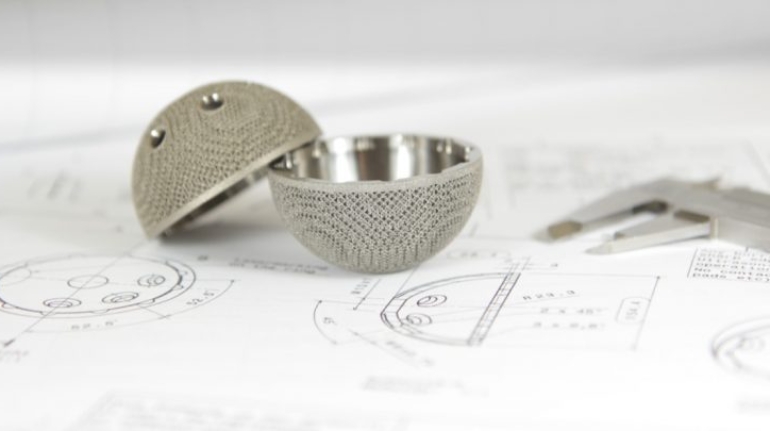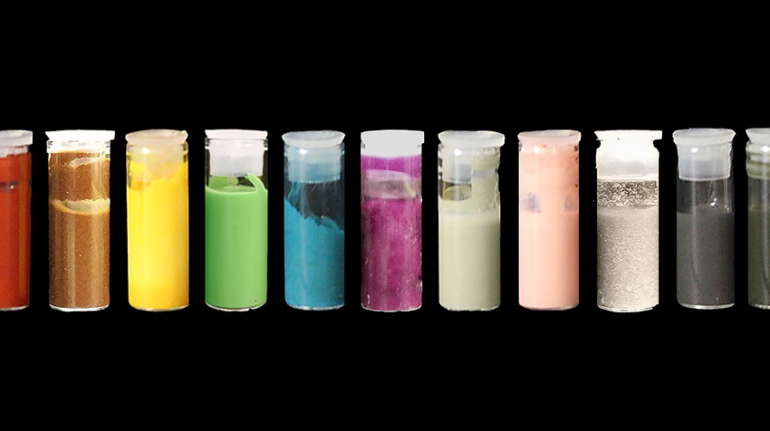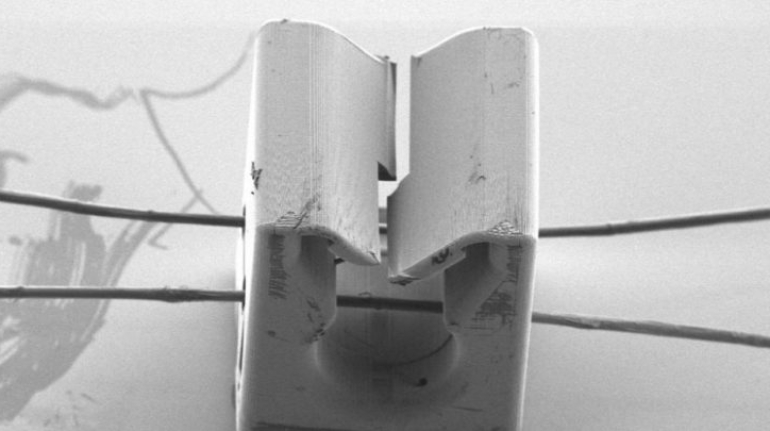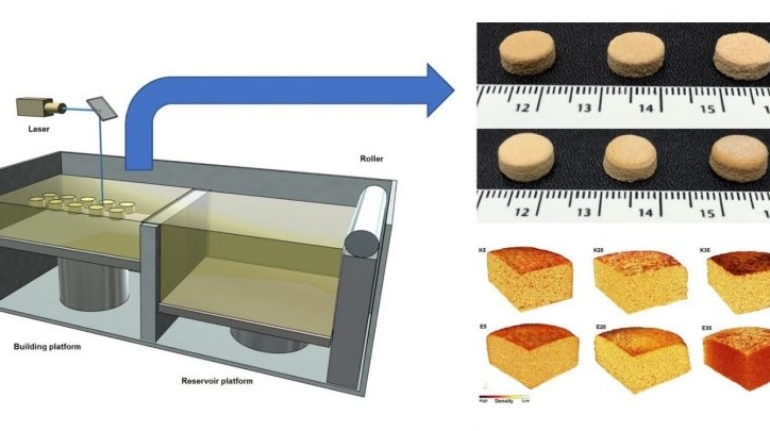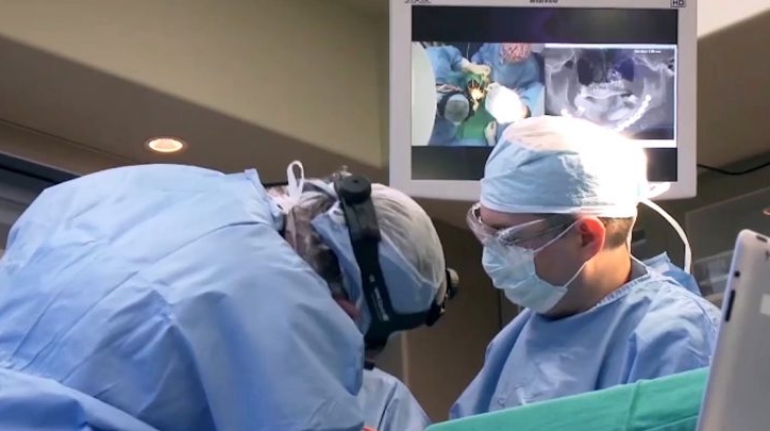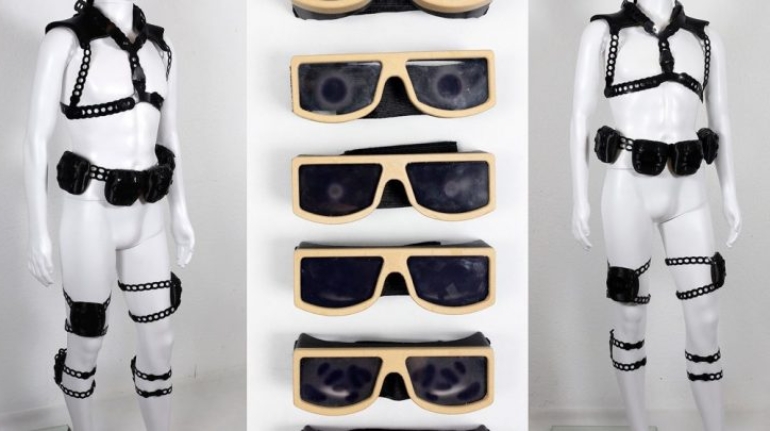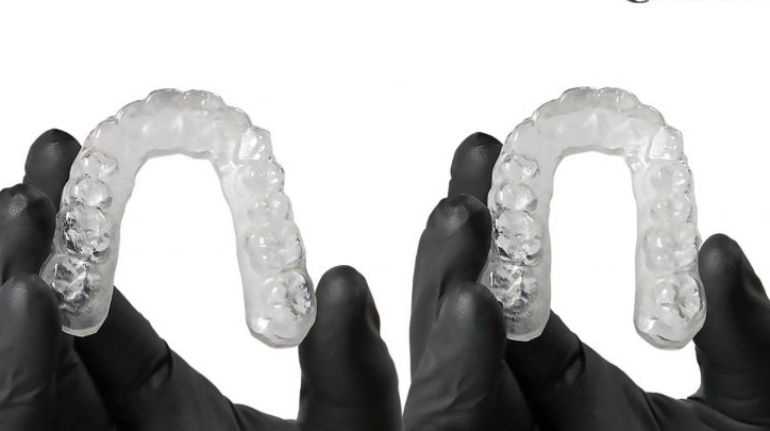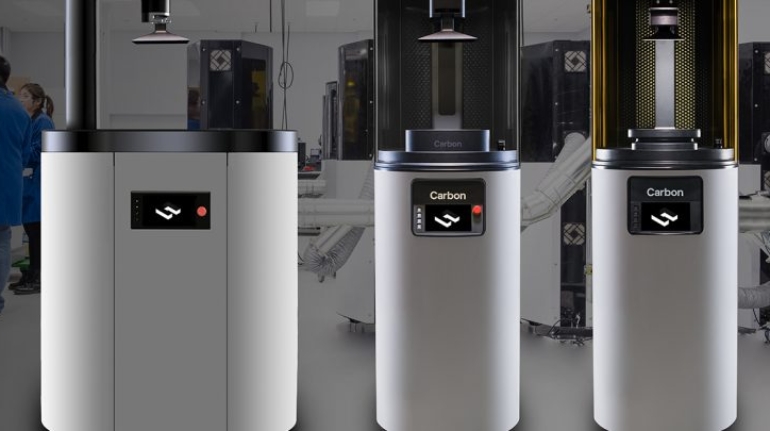Ampower and Inspire Offer Joint Workshops for Additive Manufacturing Additive Manufacturing
Zurich-based technology competence center inspire AG and the Hamburg-based consulting company Ampower cooperate by offering joint workshops for Additive Manufacturing. The aim of the cooperation is to enable industrial customers to implement Additive Manufacturing. The workshop program developed by inspire supports the customer in three steps over a period of 8 months in knowledge building, the identification of potential components, component design and the development of an implementation strategy within the company.

